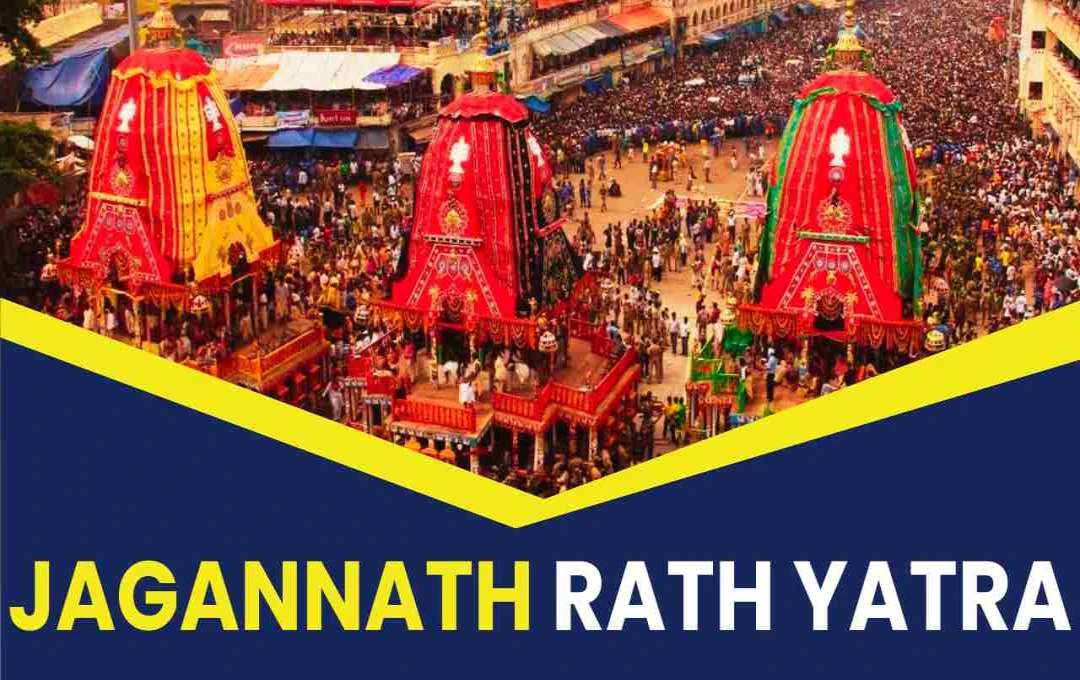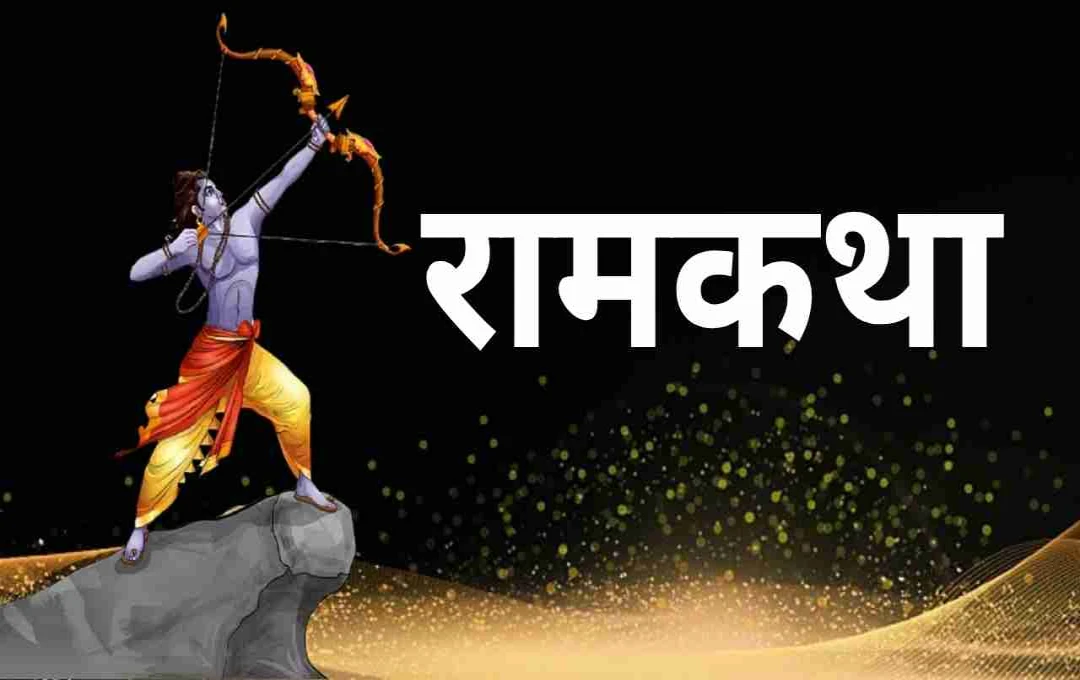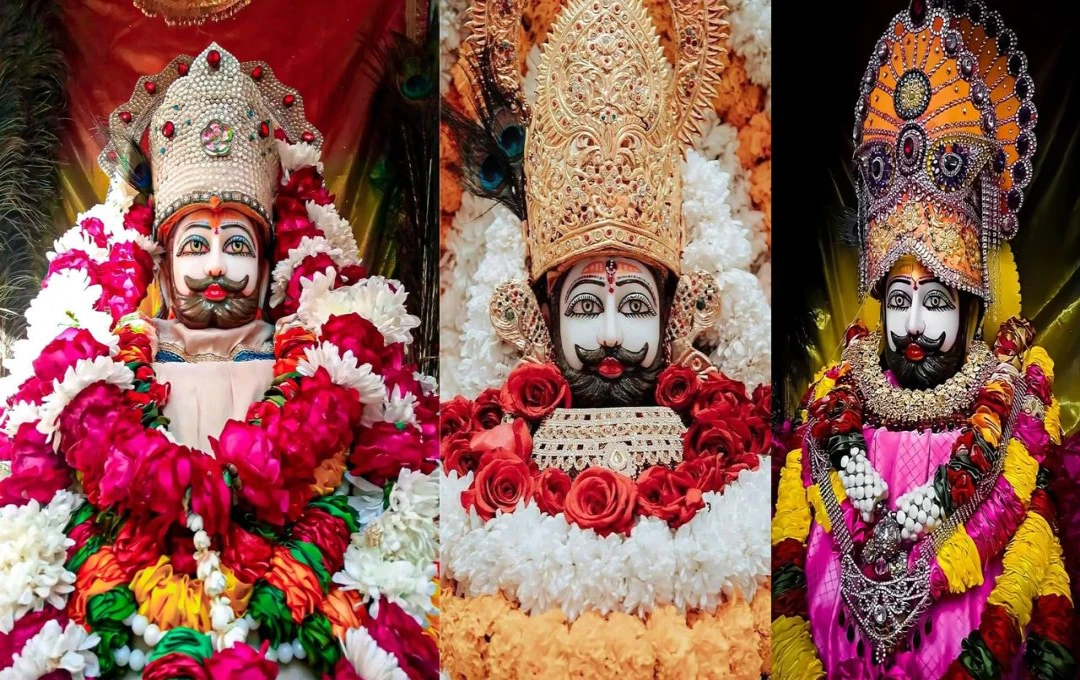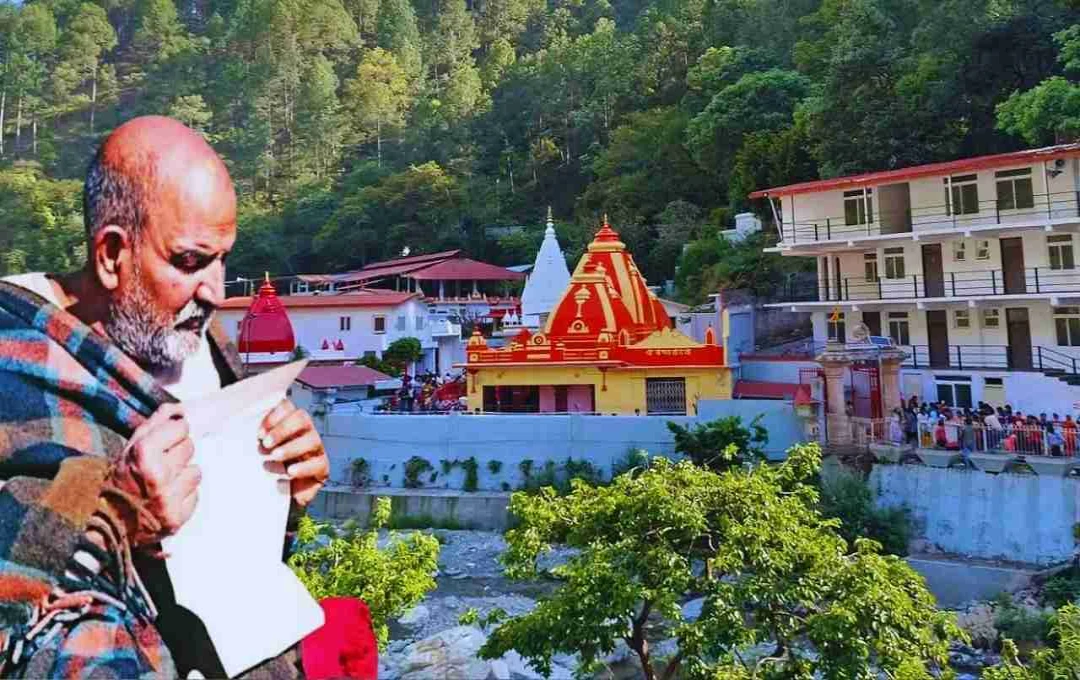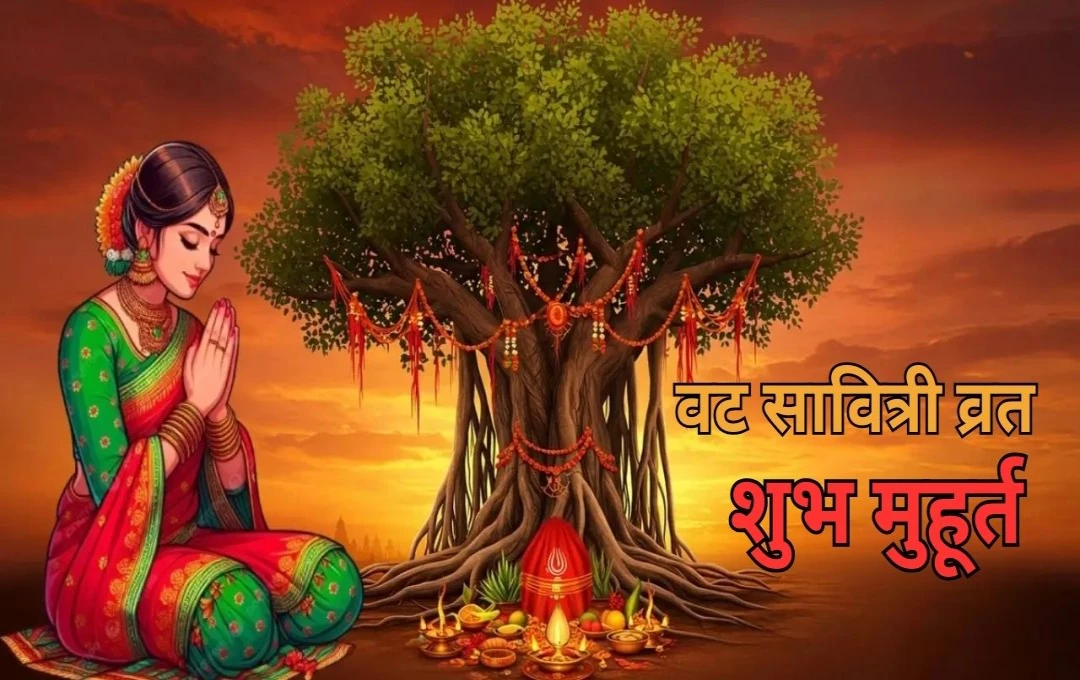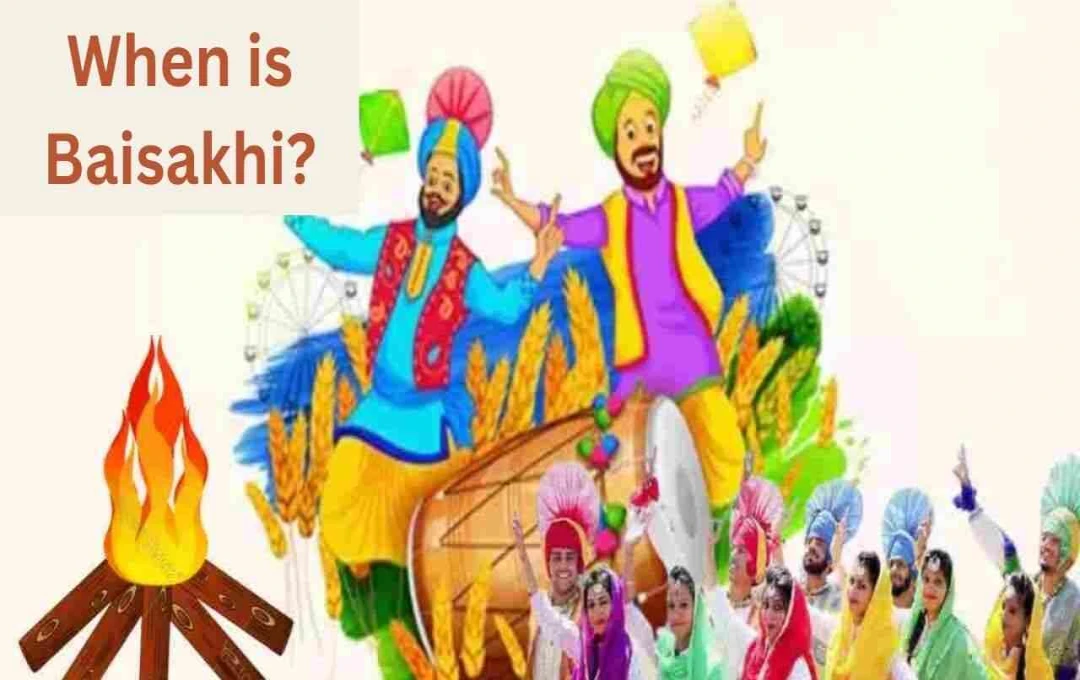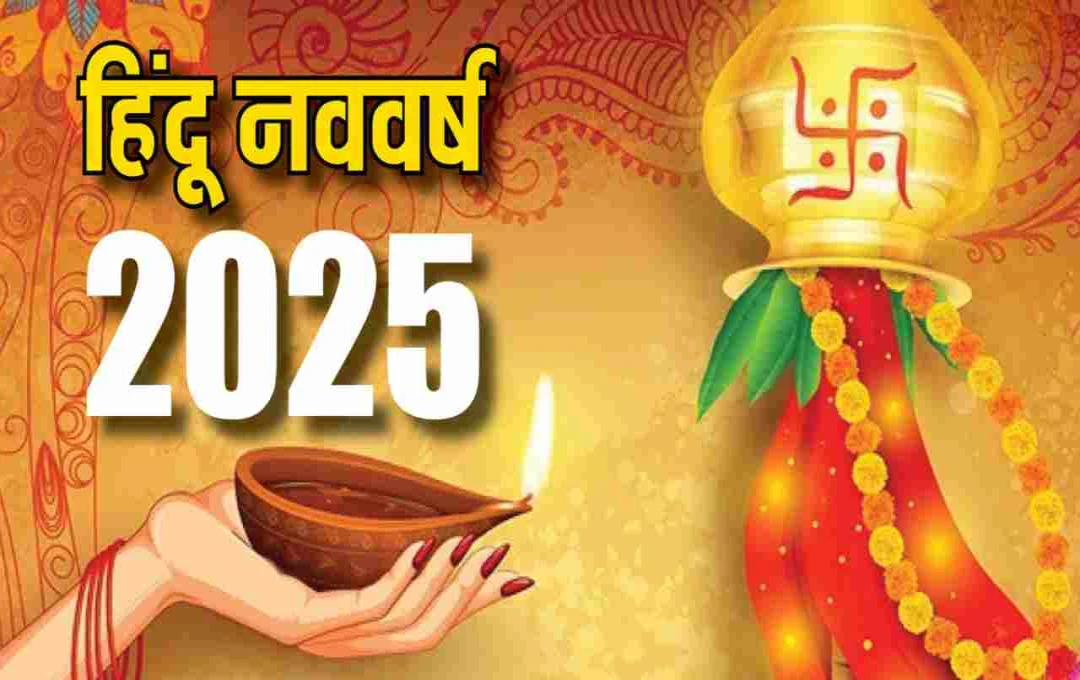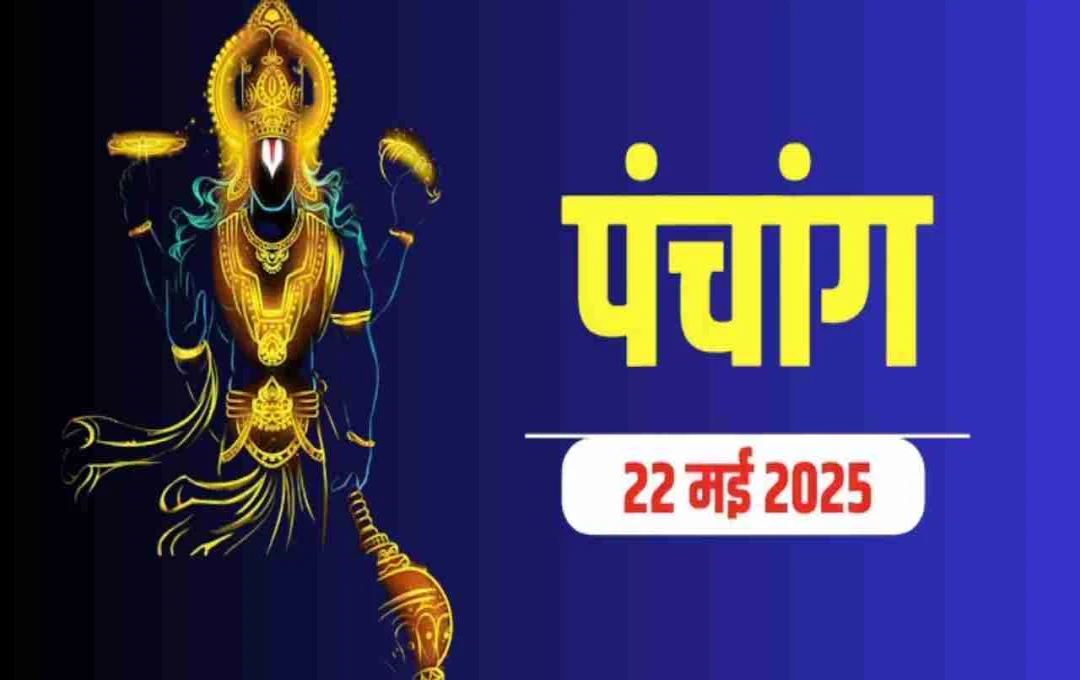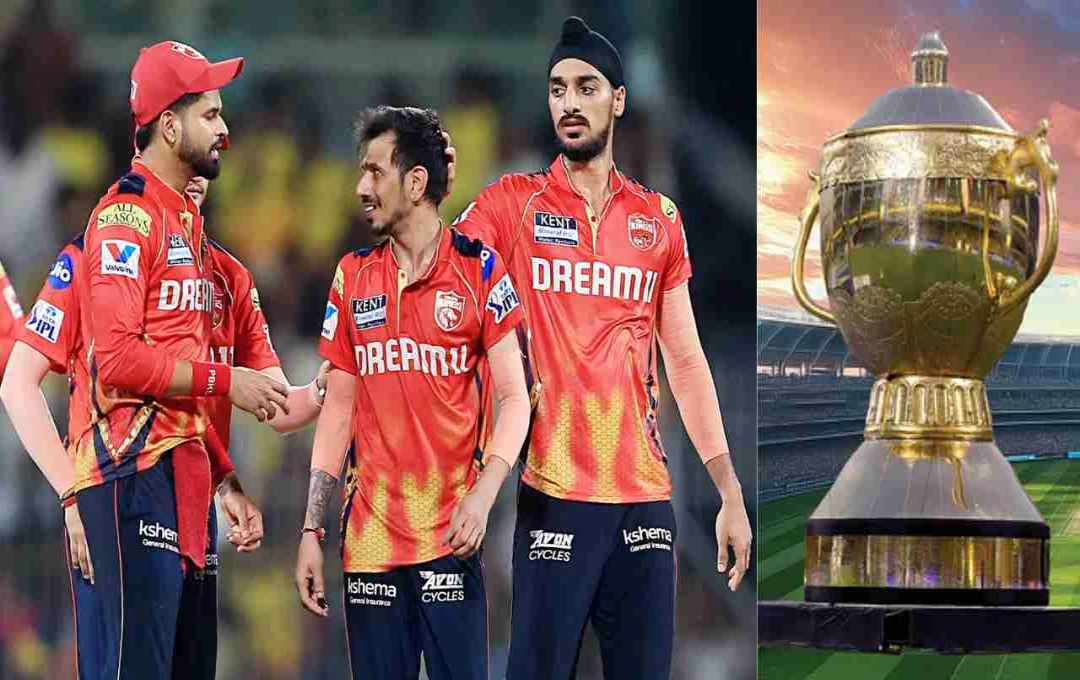Every year, on the second day of the bright fortnight of the Ashadha month, a miraculous sight unfolds in Puri, Odisha. Lord Jagannath himself comes amidst his devotees. Millions of pilgrims converge in Puri to witness this occasion – the Jagannath Rath Yatra, a remarkable spiritual experience for devotees worldwide.
When will the Jagannath Rath Yatra 2025 begin?
According to the Panchang, the Ashadha Shukla Dwitiya Tithi begins on June 26 (today) at 1:24 PM and ends on June 27 at 11:19 AM. On this day, Lord Jagannath, along with his brother Balabhadra and sister Subhadra, embark on their chariots from the main Puri temple to the Gundicha Temple (the maternal aunt's house).
The mythological significance of the Rath Yatra: From the Lord's rest to his aunt's house
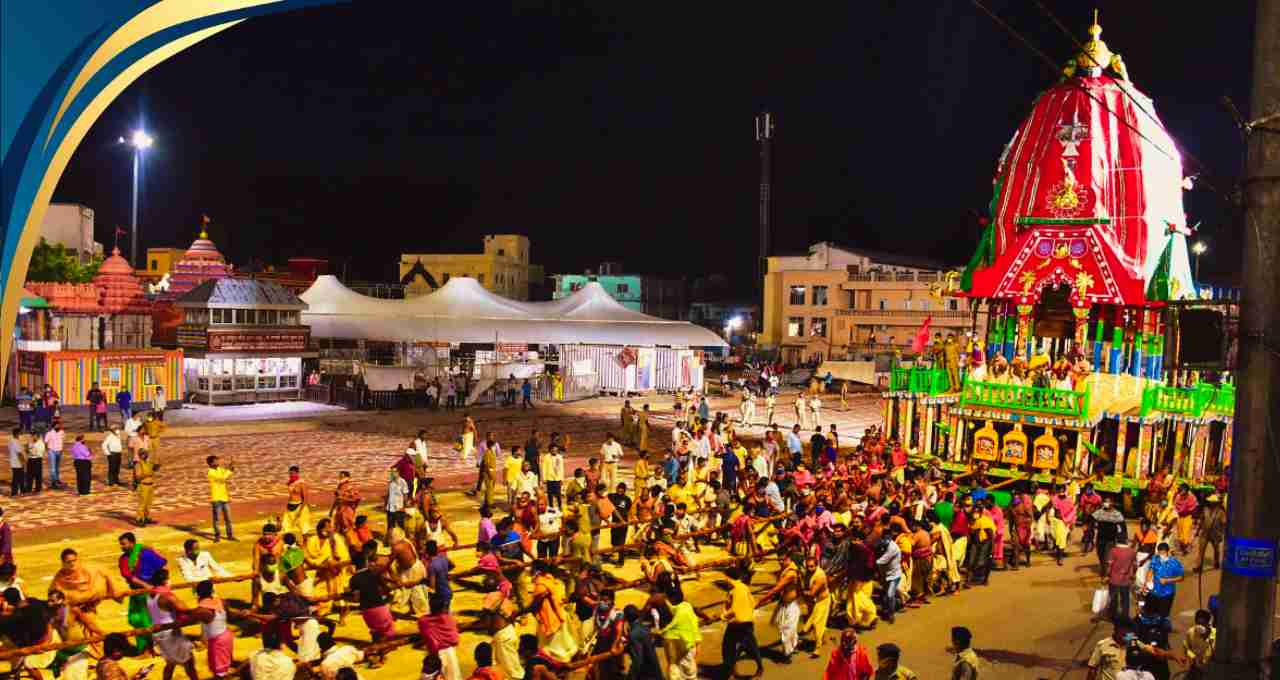
Before the Rath Yatra, Lord Jagannath is bathed with 108 pots of water on Snana Purnima. Afterward, he is believed to fall ill and rests for fifteen days in the 'Anasara Griha'. During this period, devotees are not allowed to see him; this time is considered a period of the Lord's recuperation and rest.
When the Lord recovers and emerges, he is taken for the Rath Yatra. He spends seven days at the Gundicha Temple, considered his maternal aunt's house, before returning to the Shrimandir through the Bahuda Yatra (return journey).
Unique features of the Jagannath Yatra
Chariots pulled by devotees: The most poignant sight of the Rath Yatra is the millions of devotees pulling the ropes of the Lord's massive chariots. It is believed that pulling the chariot is an act of merit that washes away sins from past lives.
Open to all castes and religions: While the Jagannath Temple usually allows entry only to Hindus, during the Rath Yatra, the Lord comes out and grants darshan to people of all castes, religions, and classes.
Divinity of chariot construction: The chariots of Lord Balabhadra, Subhadra, and Jagannath are made from sacred Daru Neem wood. No iron, nails, or any metal is used in their construction. New chariots are built every year.
Names and appearances of the three chariots:
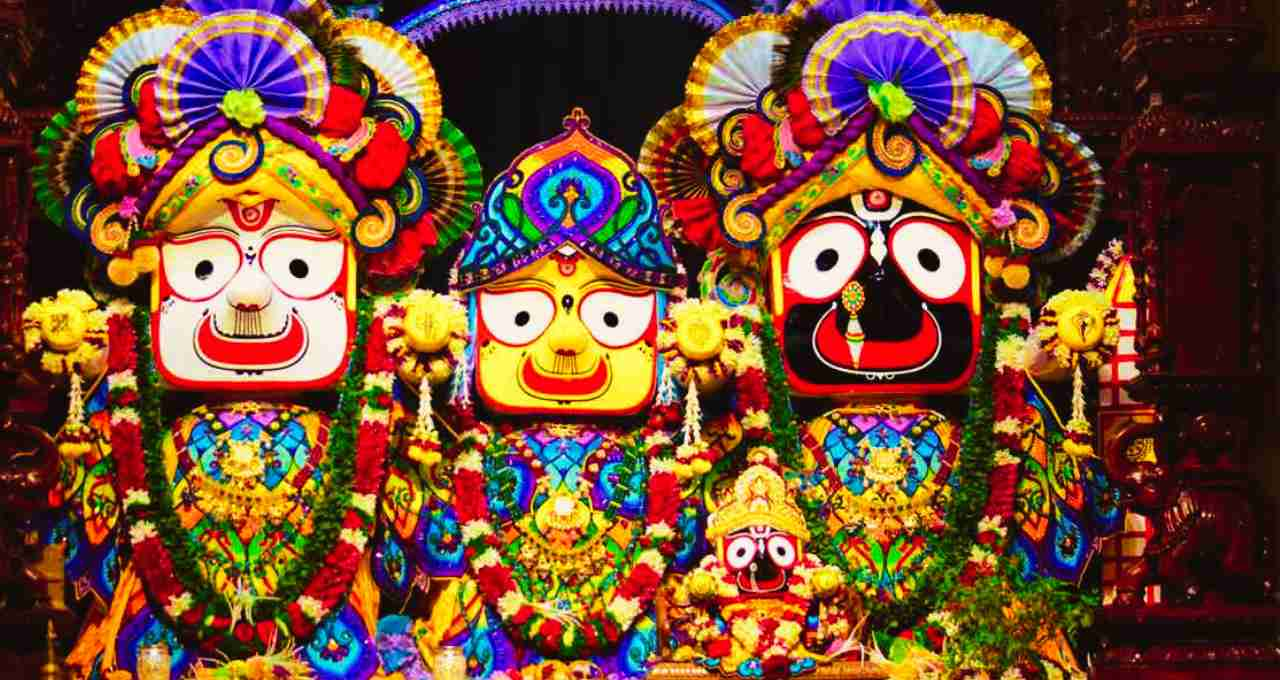
- Balarama's chariot: Taladhwaja, red and blue
- Subhadra's chariot: Padmadhwaja or Darpadalan, black and red
- Jagannath's chariot: Nandighosh, red and yellow
Religious message and spirituality
The Rath Yatra is not merely a festival; it symbolizes the deep love between God and his devotees. It teaches us that when our devotion is true and our hearts are pure, God himself comes to us. Lord Jagannath's presence among the people on his chariot conveys the message that grand sacrifices or elaborate rituals aren't necessary to find God; sincere devotion and faith are sufficient. The Yatra also imparts the importance of spiritual peace, humility, and service.
The jubilation of the Rath Yatra in Puri
The jubilation of the Rath Yatra in Puri is an awe-inspiring experience, difficult to describe in words. It is not just a religious ritual but a vibrant depiction of people's faith, enthusiasm, and unity. As the Rath Yatra commences, the entire city transforms into a grand festival. Streets are adorned with colorful decorations and flowers; the sweet sounds of conch shells, bells, and devotional songs resonate from every corner. Thousands of people emerge from their homes, joining the procession with cries of "Jai Jagannath." Puri becomes a sacred place where the boundaries of caste, religion, language, and region dissolve, and every devotee dedicates themselves to Lord Jagannath with a unified spirit.
Special offerings at the aunt's house
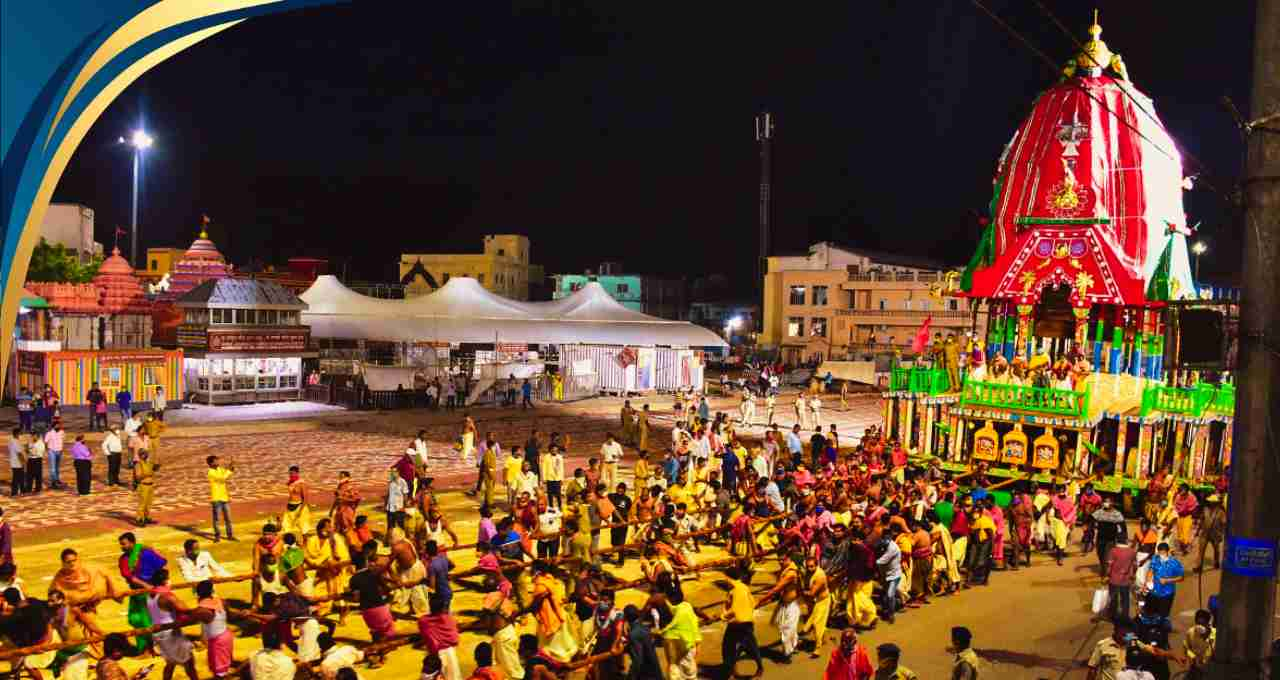
When Lord Jagannath arrives at the Gundicha Temple with his sister Subhadra and brother Balarama, his maternal aunt offers him a special dish called "Poda Pitha." This traditional Odia sweet is made from rice flour, coconut, and jaggery. It's cooked over a slow fire, enhancing its unique flavor. It is said that Lord Jagannath loves this offering, so it is prepared every year during the Rath Yatra. Devotees also prepare Poda Pitha, offer it to the Lord, and partake in the prasad, earning merit.
The global significance of the Jagannath Rath Yatra
The Jagannath Rath Yatra is no longer confined to India; it has spread across the globe. Today, the Rath Yatra is celebrated in many countries, including London, New York, Malaysia, and Australia. This demonstrates the immense power of devotion and Indian culture, transcending geographical boundaries. People from different nations participate in the Yatra, connecting with Indian traditions. This strengthens India's cultural identity on the global stage and provides the world with an opportunity to engage with our spiritual heritage.
The Jagannath Rath Yatra is not just a religious festival; it is a symbol of love, devotion, and unity. This Yatra imparts spiritual lessons and unites hearts. Its global expansion showcases the magnificent legacy of Indian culture to the world.
